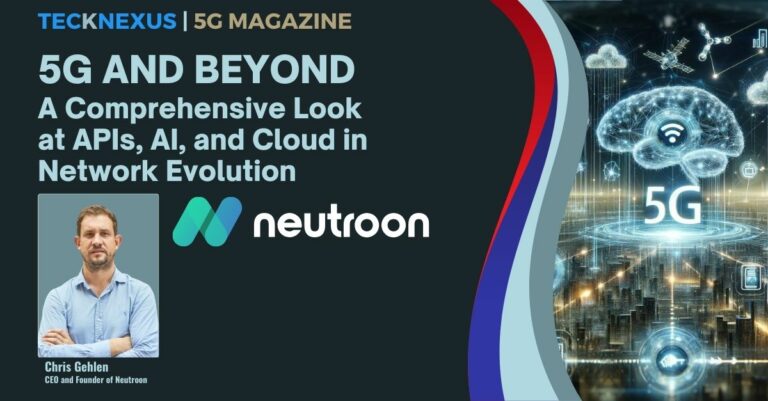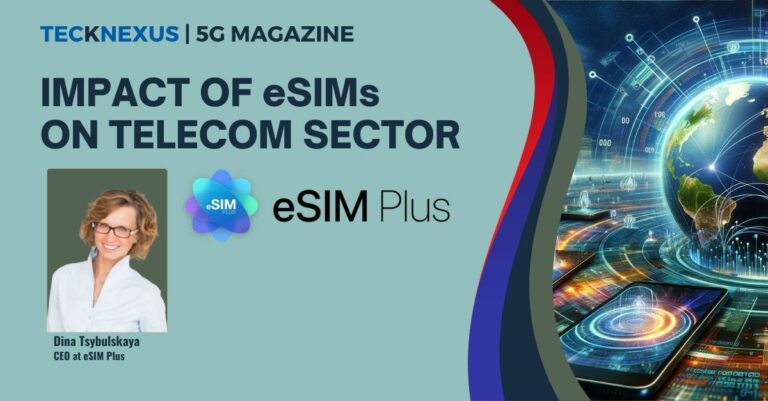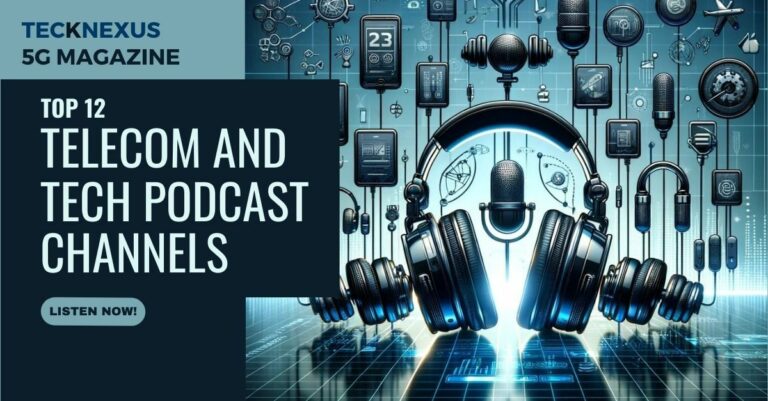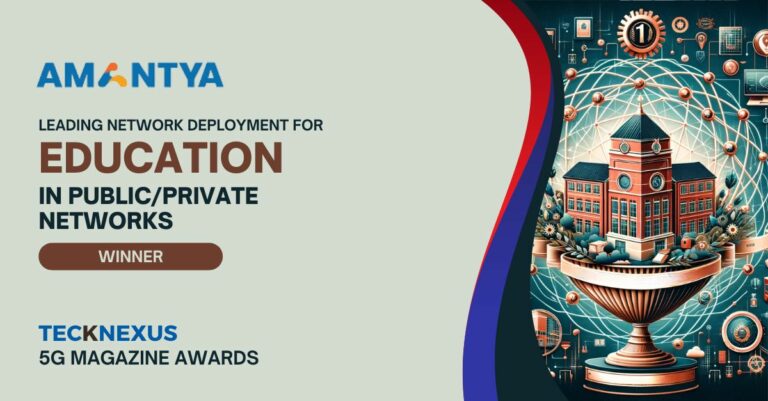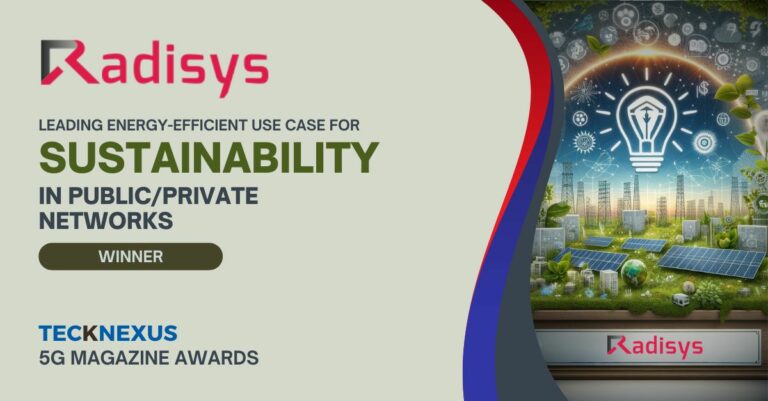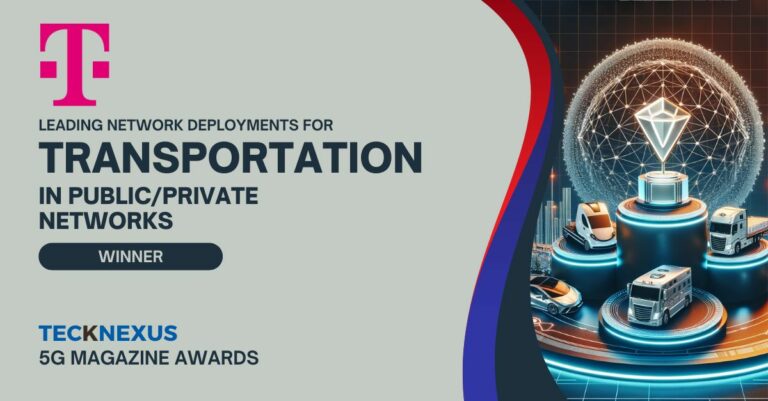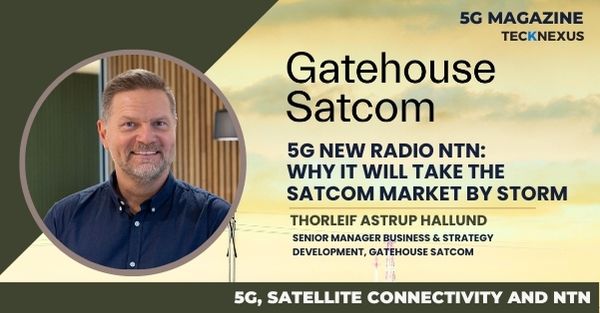Quantum Computing
Civilization is now at the footstep of quantum computing. Quantum computing will be able to provide unprecedented computational speed with predictive analytics to solve problems. Quantum technology, which uses the unique characterizations of sub-atomic particles to process data inputs, will likely revolutionize everything from cybersecurity to real-time analytics. Quantum computing could be directed and augmented via artificial intelligence, operate in a 5G or 6G framework, support IoT, and catalyze materials science, biotech, genomics, and the Metaverse.
A market report sums up the promise and the race for supremacy of quantum technologies.
“Advances in quantum computer design, fault-tolerant algorithms and new fabrication technologies are now transforming this “holy grail” technology into a realistic program poised to surpass traditional computation in some applications.
With these new developments, the key question that companies are asking is not whether there will be a quantum computer, but who will build it and benefit from it.” Quantum Computing Market & Technologies – 2018-2024” report. According to David Awschalom, Liew Family Professor in Molecular Engineering and Physics at the University of Chicago, senior scientist at Argonne National Laboratory, director of the Chicago Quantum Exchange, and director of Q-NEXT, a Department of Energy Quantum Information Science Center:
“In the next five years, we anticipate the emergence of metropolitan-scale entangled quantum networks for secure communication. These networks may also be used to create small clusters of quantum machines for advanced computing. We also believe that quantum sensors will be employed to significantly improve clocks, mapping, and intracellular sensing.” David Awschalom | Chicago Quantum Exchange
Going into 2023, we will continue to be in an era of quantum discovery. However, we certainly are on the pathway to a new quantum era. Quantum computing is still in a nascent stage, but we may arrive there sooner than we imagined. In the future, it will be the combination of classical, biological, chemical, and quantum computing paired with artificial intelligence that will shift the computing paradigms as we currently know them.
Robotics
Robotics is often viewed as the face of emerging technology, especially with the growth of capabilities in humanoid-type machines that captivate our attention. They have also been used for decades in automating manufacturing, farming, warehouse functions, hospitals, security, etc., for mostly routine programmable functions. Now aided by machine learning, machine vision, AI, and advanced sensors, robotics has become transformative in many industry verticals.
“By combining machine vision with learning capabilities, roboticists are opening a wide range of new possibilities like vision-based drones, robotic harvesting, robotic sorting in recycling, and warehouse pick and place. We’re finally at the inflection point: The moment where these applications are becoming good enough to provide real value in semi-structured environments where traditional robots could never succeed.” 2022: A major revolution in robotics | ZDNET
A humanoid robotic version of the Terminator has also become within technological reach. Engineers at Cornell University have created a robot capable of detecting when and where it has been damaged and then restoring itself on the spot. The terminator-style robot can survive being STABBED | Daily Mail Online
The extent that humans are replaced by robot helpers or morphed into man-machines is an interesting philosophical question. Joan Slonczewski, a microbiologist at Kenyon college, notes that humans have continuously redefined intelligence and transferred those tasks to machines. Slonczewski asks: “Could we evolve ourselves out of existence, being gradually replaced by the machines?” Intelligent Robots Will Overtake Humans by 2100, Experts Say | Live Science
Robotics have great potential for space and ocean exploration in extreme environments. In fact, NASA’s Jet Propulsion Laboratory in Southern developed a robotic arm called the Cold Operable Lunar Deployable Arm (COLDArm), that is designed to withstand temperatures of minus-280 degrees Fahrenheit and can allow future missions to explore the moon and planets. NASA Developing Robotic Arm to Withstand Moon’s Frigid Nights (gizmodo.com) Robotics will allow mankind to explore and go where no man (or woman) can boldly go before.
Advanced Materials Science and 3-D Printing
Applications for advanced materials are part of the new world of discovery enabled by AI and advanced analytics. As with AI, it applies to the fusion of working in concert with other emerging technologies. New materials are now being developed that can be stronger, lighter, handle extreme environments, and often can function at a higher rate of efficiency. They include (among other categories) electric materials, biological materials, composites, polymers, and nanotech.
Exciting research and development in materials science are leading to the creation of stronger, durable, lighter, and even “self-healing” and self-assembling materials. The capability to design and manufacture infrastructures such as bridges, roads, buildings with stronger, adaptable, self-intelligent, and seemingly eternal materials will revolutionize the construction and transportation industries.
3-D printing
3-D printing connotes a three-dimensional object that is created layer by layer via computer-aided design programs. To be able to print the object, the computer divides it into flat layers that are printed one by one. By printing with advanced pliable materials such as plastics, ceramics, metals, and graphene there have already been breakthroughs in prosthetics for medicine and wearable sensors.
The big advantage of 3-D printing can be customized, produced rapidly and is cost-effective. The possibilities for 3-D printing are seemingly limitless. 3-D printing is already trailblazing future manufacturing. 3-D printing innovation is making its way into printing electronics, sensors, and circuits. “Printed electronics” or electronic chips are fabricated by printing their features on top of thin surfaces. Using semiconducting and conductive inks and materials, 3-D printers can now print transistors, sensors, circuits, batteries, and displays.
Bio Printing
One of the most important applications of 3-D printing and materials science is the potential for bio-printing. Bioprinters are like 3D printers but instead use biomaterials, like living cells, to create complex structures such as blood vessels or skin tissue. Researchers have bio-printed human kidneys, bladders, and lungs in the lab and other body parts.
Recently, a research team based out of the Wake Forest Institute for Regenerative Medicine succeeded in creating what could be one of the biggest breakthroughs in bioprinting thus far, a 3D printer capable of generating functional replacement tissue. Bioprinting Breakthroughs | Bioprinting World
As there is a worldwide shortage of human organs available for life-saving transplantation, bio-printing offers much hope in creating a safe and endless pipeline for medical uses and patient healthcare.
The societal, scientific, and economic impact of these 4 technology areas will be harvested in the coming year and into the foreseeable future. I have just provided a glimpse of a few of their potential applications. It could be a very promising, likely disruptive, and probably a wild ride in the quest for actualizing new technologies of the Fourth Industrial Era.
Link to this article on the Forbes website



